We’ve all heard the definition of insanity: Doing the same thing over and over again. So what’s the difference between prototyping and procrastination? And how do you find a balance?
A repetitive design process like prototyping is an efficient way to generate early feedback. This will usually improve the final product while reducing the need for changes during the actual development process.
Here’s how the process works:

Prototype is created
This is the first iteration. After you’ve collaborated with your designers and developers, the first mockup is released.
Prototype is shared
You share this iteration with team members and stakeholders. Once you’ve collected feedback, you pass this onto your developers.
Prototype is refined
Areas that have been identified as weak or unnecessary are changed or removed. The next prototype is a refined version of the previous iteration, and the process starts again.
As you can see, this ensures that the project is continually evolving and improving. However, it’s possible to get too wrapped up in this process and stall your progress.
How many iterations do you need?
Not everything needs to be prototyped. When you’re thinking about a new technology, workflow, or functionality, a prototype is a good idea. But it’s also smart to consider the Pareto Principle (also known as the 80/20 rule):
20% of the activities or inputs are responsible for 80% of the results or outcomes.
In business, you may notice that 20% of your customers represent 80% of your sales. Or 20% of your customers are responsible for 80% of your complaints. You’ll probably also notice that 20% of your time will produce 80% of your results.
This is an important construct to keep in mind when you’re using prototyping.
Avoiding the iteration hamster wheel
It can be tricky to strike a balance between too few and too many iterations. Here are some ways you can avoid stagnating and keep your project moving forward:
Choose an experienced partner
Whether this is your first project or your fifth, it’s important that you have an experienced partner keeping you on track. Choosing developers that are efficient, effective, and skilled, can help you keep that forward momentum.
When you first begin working with a software development company, ask how many iterations they think you’ll need. While this number may be slightly off, it’ll give you a ballpark figure so you can recognise if you’re getting too wrapped up in the prototyping process.
An experienced partner will also be able to keep you accountable. They can let you know when another iteration is necessary, and when you’re at risk of stalling or moving backwards.
Pinpoint clear project goals
Before the first prototype, spend some time working on your project goals. Once the process is underway, you can quickly find that you can’t see the forest for the trees.
Make a list of what you need your product to do. Separate features into two columns- the absolute must-haves and the nice-to-haves. If you find yourself forgetting the big picture, look at your list and consider whether another iteration is going to help you achieve a must-have or a nice-to-have.
You should also work with a deadline. This will allow you to set up milestones along the way and keep everyone accountable. If you find yourself falling behind due to too many iterations, you can work to get back on track and meet that next milestone.
Ditch the perfectionist mentality
As George Fisher said, “When you aim for perfection, you discover it’s a moving target.” Early on in your project, you’ll need to accept that it’s never going to be “perfect”.
Instead of aiming for perfectionism, be prepared to move on when something is “good enough”. Otherwise, you may find that you and your team are spending time on areas that won’t be heavily utilised, and may end up at risk of never finishing the project.
Ready to get your project off the ground? Get in touch today and let’s discuss your options.




